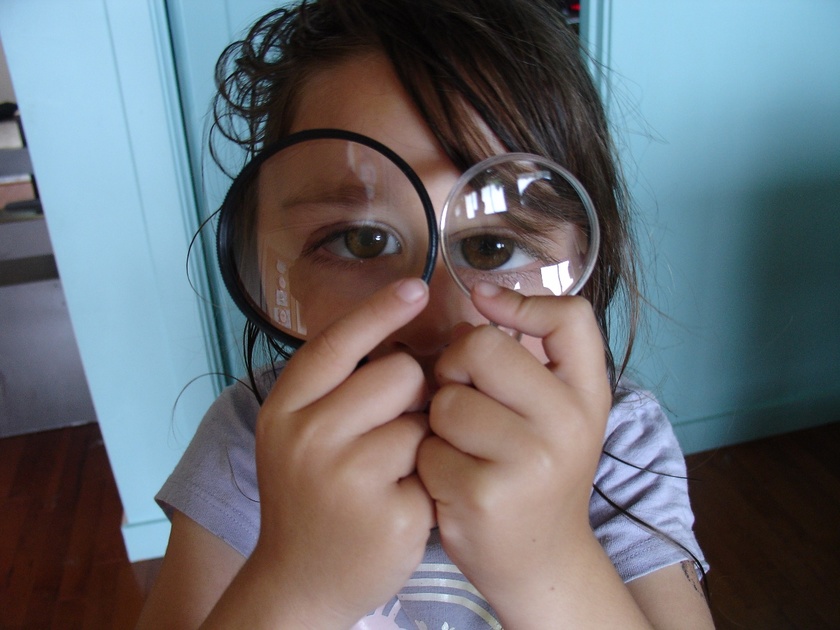
Yaakov is 17. He has attended four different high schools before completely dropping out. His parents, not knowing what to do with him, had him visit to several different doctors and therapists over the last five years. All of the doctors diagnosed him with an Attention Deficit Hyperactivity Disorder (ADHD). For many years, he willingly tried several different medications and combinations for the disorder in two different classes of drugs, and also spent months in therapy. None of the interventions worked for him.
Out of sheer frustration, he left school, thinking he would never find a place in any academic setting. He became one of the children “at-risk,” or as they are called in the religious world, “off-the-derech” teens. He sleeps late every day but that is because does not go to bed until 2:00 a.m. He is busy hanging out with similar teens on the streets until all hours of the night. Yaakov works part time in a pizza shop and the rest of the time he is just hanging out, lost and without any real life direction. Some of these “at-risk” kids are into drugs and alcohol. Yaakov did that, too. It calmed him, he said. But a frightening brush with an overdose of opiates almost ended his life, and Yaakov says he wants more for himself. Soon after that scare, he made it to my office.
Yaakov’s symptoms were pretty straightforward. He described himself as impulsive, hyperactive and had difficulty focusing. He said that he often felt as if he wasn’t even in his own body, as if “I’m just not there sometimes.” These signs are the classic indicators of an Attention Deficit disorder, and are frustrating not just for parents and teachers, but for the child as well.
The recommended treatment protocol for ADHD is a combination of cognitive behavioral therapy, parental therapy and a stimulant medication, all of which Yaakov received in the past, all to no avail. In fact, when he was on medication, Yaakov’s symptomatic behaviors worsened.
However, Yaakov’s problems were not unknown or completely unanticipated. His presentation and the commonly reported concern that far too many children are being diagnosed with ADHD required a different perspective.
Most healthcare professionals are trained to diagnose behavioral disorders based upon the most obvious symptoms. The latest Diagnostic and Statistical Manual for psychiatric disorders does not include any caution about other possible causes for typical ADHD symptoms. That training and diagnostic guidance, combined with limited time for a complete evaluation, may be one of the reasons so many youngsters are labeled as ADHD. According to some estimates, as many as a million children are mislabeled with an ADHD diagnosis every year.
Properly diagnosing a behavioral disorder requires taking a step beyond the symptoms and doing a more complete assessment of the child and family. If we take a more thorough look at the signs, when they began and what they may mean, we can get a better idea of the true cause and the underlying problem.
The three primary diagnostic symptoms for ADHD – impulsivity, hyperactivity and difficulty focusing or lack of attentiveness – may represent other problems. In order to find out what they might mean in Yaakov’s case, a more detailed interview was conducted to determine just what his symptoms were. In fact, his impulsivity was actually a stress response. He did not act without any thought, on pure impulse. When Yaakov was questioned in depth, he indicated that he reacted in what appeared as impulsive when he felt he was under a threat – it was a stress response that he had, not an impulsive one. Similarly, he wasn’t so much hyperactive as he was hyper vigilant, fearful that something bad might happen. And, he also was not inattentive, unable to focus. He could concentrate most of the time. When it looked like he could not focus, Yaakov was actually dissociating, detaching himself emotionally and consciously from an environment that he was frightened by. This interpretation of his behaviors helps explain why the medication made Yaakov feel worse. Stimulants did not help to focus him as they would a person with ADHD. Stimulants made him more stimulated, more anxious.
After much discussion, Yaakov finally volunteered that he had been traumatized in school when he was in third grade. A teacher had regularly offered Yaakov’s parents to take Yaakov home from school and molested him several times over the course of that school year. Yaakov told no one out of overwhelming fear that more harm would befall him or his family.
ADHD is a real behavioral problem for those who have it, their families and their teachers. There are, however, other serious disorders, such as childhood trauma and abuse, that present with similar patterns. If not accurately evaluated, healthy outcomes will inevitably be unachievable.
Dr. Michael J. Salamon, Ph.D., FICPP is a fellow of the American Psychological Association and the author of numerous articles and books, most recently “Abuse in the Jewish Community” (Urim Publications).
 Previous
Previous

